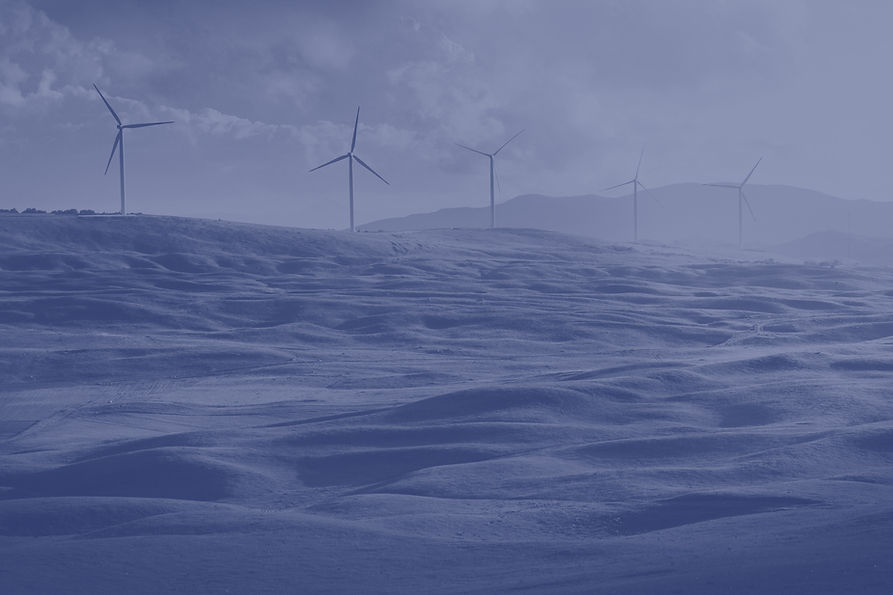
ENERGY & THE ENVIRONMENT
In Focus
"See more clearly when you are informed"
Energy and The Environment is an incredibly important topic because of its impact of all life on Earth. With the majority of energy being attributed to fossil fuels it's essential to learn about clean energy that does not produce emissions or waste. Below you will find key terms, statistics, and other useful tools to understand and talk about Energy & The Environment. If you would like to know more, consider coming to an IYC event. Our next one can be found below in the section labeled Our Events. We host them virtually, on a wide range of topics, discussing policy, civics, and current events.
Key Terms You Should Know
Renewable Energy:
Energy that comes from natural, constantly replenishable resources such as green energy, wind energy, water energy, and solar energy
Clean Energy:
Energy that does not produce emissions or waste. Most clean energy sources are also renewable.
Nonrenewable Energy:
Energy that comes from resources that are depleted as used such as fossil fuels (e.g. coal, oil, natural gas) and nuclear energy.
Sustainable Energy:
Can meet current energy needs without jeopardizing the energy needs of future generations; Includes energy collection and distribution.
Greenhouse Gases:
These gases trap heat in the atmosphere, and include Carbon Dioxide (CO2) and Methane (CH4).

Moments In History
4th Century - Water wheel invented in Mesopotamia.
1897 - NYC sees the operation of the first 12 electric cabs.
2021 - ERCOT blackout in Texas causes over 4.5m homes to lose power.
1758 - First US recorded commercial coal shipment.
1970 - The Clean Air Act is passed.
Statistics
74% of US adults acknowledge "systemic policing issues," as reported by Oakton College.
According to U.S. Energy Information Administration,
CO2's abundancy is 79.7%,
compared to
CH4 - 11.1%;
N2O - 6.1%;
HFCs, PFCs, SF6, NF3 - 3.1%
According to the New Jersey Institute of Technology, Wind energy’s efficiency is 1,164%, making it the most efficient form of energy.
Over 42% of the total US yearly energy is produced by TX, WY, PA, LA, and WV, the top 5 energy producing and fossil energy producing states according to the U.S. Department of Energy.
According to the U.S. Energy Information Administration, in 2023, 83% of total US energy consumption is attributed to fossil fuels.
Values
Sustainability
Quality of Life

Conservation
Innovation
Science
Notable Names





Greta Thunberg
Nikola Tesla
WALL-E
Koch Brothers
Lisa Jackson
Symbols





Our Events
Past
Future
Further Resources
Popcorn & Chat Event Video
Our film event was insightful and fun! After watching Planet of the Humans together, we discussed the film and what we learned about Energy & the Environment. Feel free to share this video with others! (Not for commercial use.)
Take Action

Reduce light pollution to help local nocturnal animals.

Volunteer at an environmental organization in your area.

Be mindful of and proactively reduce your energy consumption daily, such as by carpooling to work, turning off lights when you leave a room, and learning how many Btu’s your household appliances use.

Learn about energy disasters (e.g., Three Mile Island, Exxon Valdez) and understand the causes/consequences involved with the production and destruction of energy facilities.

Share our Energy & The Environment Infographic with friends, family, and anyone and everyone you think would appreciate becoming more informed!

